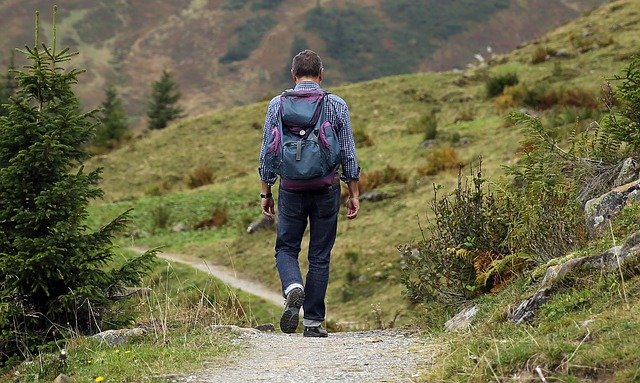This Content Is Only For Subscribers
The Department of Conservation is testing new ways of working to grow visitor numbers at popular tourist attractions in a way that’s safe and sustainable for the environment and for communities.
Speaking at the University of Otago’s Tourism Policy School in Queenstown, DOC director-general Penny Nelson says that conservation-related tourism in New Zealand is worth about $3.4 billion a year.
“Visitor satisfaction is high, but we still have a lot to do to protect the experiences we’re promising and make sure the environment is looked after,” Penny says.
She says the Government has set a priority for the department to increase revenue and invest in areas with high conservation value.
DOC has consulted the public on a proposal to introduce charges for the public to access some high-volume areas, as is the case in many countries overseas. Overall, feedback was supportive, especially for charging international visitors more, Penny says.
Ministers will make decisions in due course.
Currently, DOC only charges people who stay in huts, or businesses who operate on conservation land. Visitors who do short walks – the most popular activity – do not pay anything.
It is considering charging for carparks and more for huts. From next summer it will pilot carparking charges at Aoraki/Mt Cook, Punakaiki and Franz Josef Glacier to help manage visitor numbers and cover upkeep costs, which many other countries do, she says.
“We have done a lot of work at high volume sites, like Tongariro, Aoraki Mt Cook and Mautohe Cathedral Cove, working with iwi, tourism businesses and communities to manage these destinations carefully. We are getting results and are looking at how to scale that up in other places.
“DOC is the largest provider of visitor experiences in New Zealand with more than 16,000 hut beds and hosts 64,000 walkers on the Great Walks each year.
“Our visitor network is large – yet we can only afford about 70 per cent of it.”
Penny says DOC cannot replace all its existing assets as they reach the end of their natural life, and construction costs are going up.
“It costs us 30 per cent more now to build swing bridges in the back country than it did four years ago.”
Climate change – more fires, floods and severe storms – are making the problem worse.
“Our spending on storm repairs has quadrupled in the past five years and 300 of our coastal assets are in the danger zone from rising sea levels.”
Another emerging challenge for DOC is the rise of social media influencers whose photos are encouraging people to go beyond their capabilities to get the perfect “insta shot”.
Penny says since the beginning of the year there have been 11 fatalities on conservation land, five of which were from falls beyond tracks.
“We’ve also seen some appalling and dangerous visitor behaviour this summer with people driving over birds nesting on beaches and harassing sea lions to get a better photo or video.
“We love hosting visitors on conservation land and connecting them to nature. Most visitors come here for our mountains, open landscapes, quirky wildlife and unique cultural heritage, and if we don’t protect them, they will stop coming.”
Tourism industry, government and research leaders have gathered in Queenstown over the past two days to problem solve the pressing concern of effectively resourcing New Zealand’s tourism system.
Demand from key tourism stakeholders to attend this year’s forum, organised by the University of Otago – Ōtākou Whakaihu Waka’s Department of Tourism, is the highest since the annual event began seven years ago.
Over two days, tourism stakeholders and high-level tourism and conservation policymakers are discussing issue including resourcing tourism on conservation land, private-public partnerships, user-pays models, and what New Zealand can learn from overseas tourism systems.
School co-director associate professor Susan Houge Mackenzie says the current system is insufficiently resourced, and regional tourism organisations want to see national leadership to help enable regional destination management plans and initiatives.



